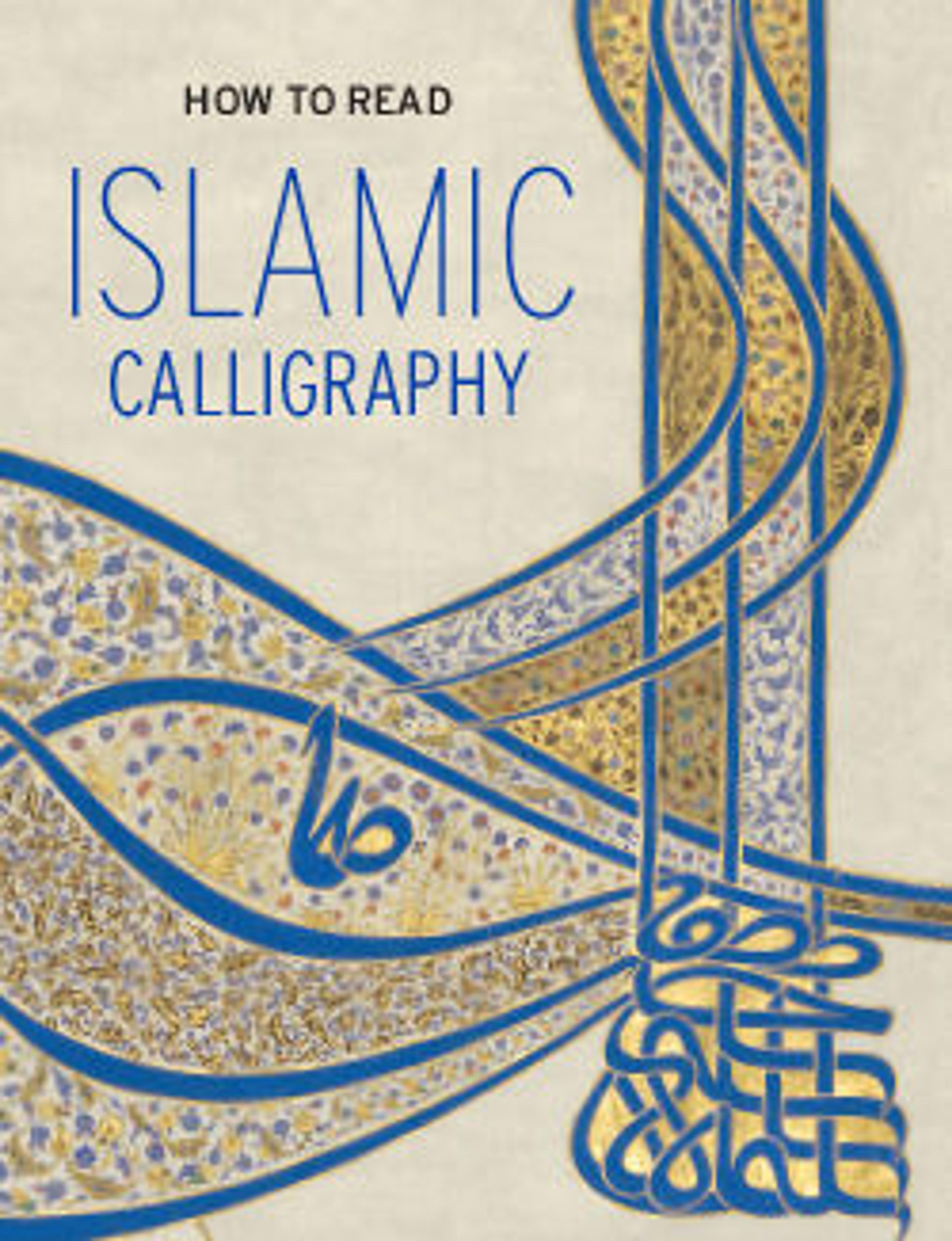Folio from the "Tashkent Qur'an"
Magnificent in size, this folio comes from one of the oldest surviving Qur'an manuscripts in existence. It is written in an early version of the kufic script with no diacritical marks to distinguish the letters, and with very limited illumination. Based on the form of the script, and the illuminations that do survive on other pages from this Qur'an, the book has been attributed to Cairo, Egypt; Damascus, Syria; or Sana'a, Yemen. About one third of the original manuscript is housed in the Hast-Imam Library in Tashkent, Uzbekistan.
Artwork Details
- Title: Folio from the "Tashkent Qur'an"
- Date: late 8th–early 9th century
- Geography: Attributed to Syria or North Africa
- Medium: Ink on parchment
- Dimensions: H. 21 5/8 in. (55 cm)
W. 27 9/16 in. (70 cm) - Classification: Codices
- Credit Line: Purchase, Lila Acheson Wallace Gift, 2004
- Object Number: 2004.87
- Curatorial Department: Islamic Art
More Artwork
Research Resources
The Met provides unparalleled resources for research and welcomes an international community of students and scholars. The Met's Open Access API is where creators and researchers can connect to the The Met collection. Open Access data and public domain images are available for unrestricted commercial and noncommercial use without permission or fee.
To request images under copyright and other restrictions, please use this Image Request form.
Feedback
We continue to research and examine historical and cultural context for objects in The Met collection. If you have comments or questions about this object record, please contact us using the form below. The Museum looks forward to receiving your comments.
